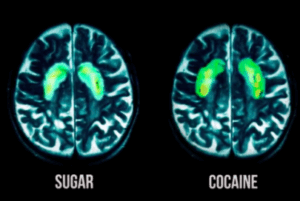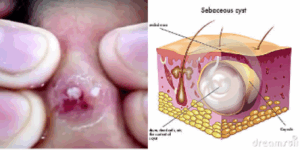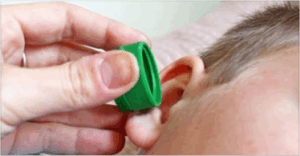Headaches, fatigue, weight loss, peeing and other similar symptoms can be a sign that you are suffering from hyperglycemia. This means that you have high blood sugar. This health problem can be more present at people who like to consume foods that have more sugar like cakes, candies, sodas and other types of desserts. We […]

Headaches, fatigue, weight loss, peeing and other similar symptoms can be a sign that you are suffering from hyperglycemia. This means that you have high blood sugar.
This health problem can be more present at people who like to consume foods that have more sugar like cakes, candies, sodas and other types of desserts.
We know that sugar can be sweet but can be so harmful too.
.
Why Does Hyperglycemia Appear?
.
If the levels of the blood sugar stay high for a longer period of time, it may lead to diabetes or another serious issue. To take precautions in time, you should be familiar with the symptoms and to recognize them. It will help you manage to get it under control. There are many different factors that can contribute to hyperglycemia symptoms and the most common are some health conditions, use of certain medications, stress, poor diet and lack of regular exercise.
The Difference Between Hyperglycemia And Diabetes
It is said by the experts that having hyperglycemia doesn’t mean that a person has diabetes. The high blood pressure is one of the symptoms of diabetes. A person who experiences high blood pressure (hyperglycemia) might have no symptoms at all. However, the most common symptoms are recurrent infections, stomach problems, nerve problems, excess abdominal fat, weight gain, difficulty concentrating, slow healing of wounds and cuts, frequent urination, urination during the night, extreme tiredness, daily fatigue, always being hungry, dry and itchy skin, increased thirst, blurred vision and dry mouth.
What Is The Glycemic Index?
The GI (Glycemic Index) is a system that ranks the foods on scale from one to hundred, based on the effects on the levels of blood sugar. It measures the carbohydrates based on the glycemic response rate. It shows which foods raise the levels of the blood sugar. The higher values of the scale are assigned to the food that raises the levels of blood sugar.
High GI foods are rapidly digested and the foods with low GI are slowly digested. It is explained by the medical experts that we should consume foods low in GI because they have many health benefits and they reduce the levels of insulin and the insulin resistance and prevent the symptoms of high blood sugar.
Share this article with people who eat desserts on daily basis.



